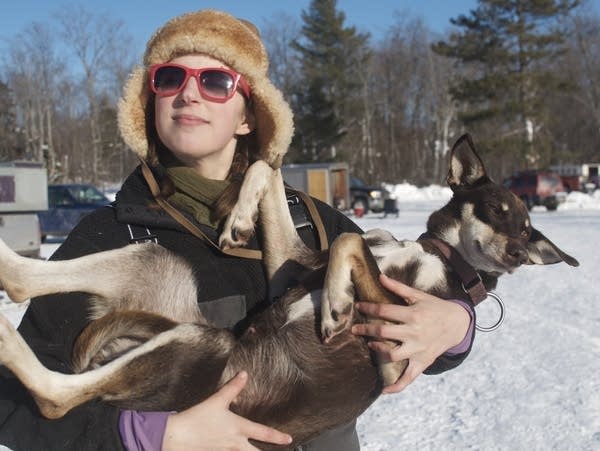Wild, free and freezing: Blair Braverman's life in the north

Blair Braverman holds one of her sled dogs.
Christian Bodznick | Courtesy of Blair Braverman
Go Deeper.
Create an account or log in to save stories.
Like this?
Thanks for liking this story! We have added it to a list of your favorite stories.


